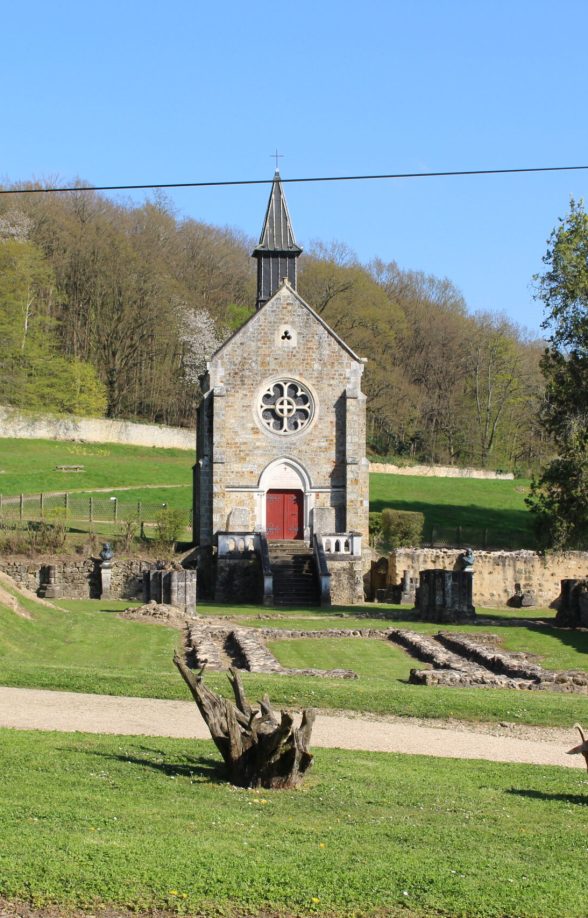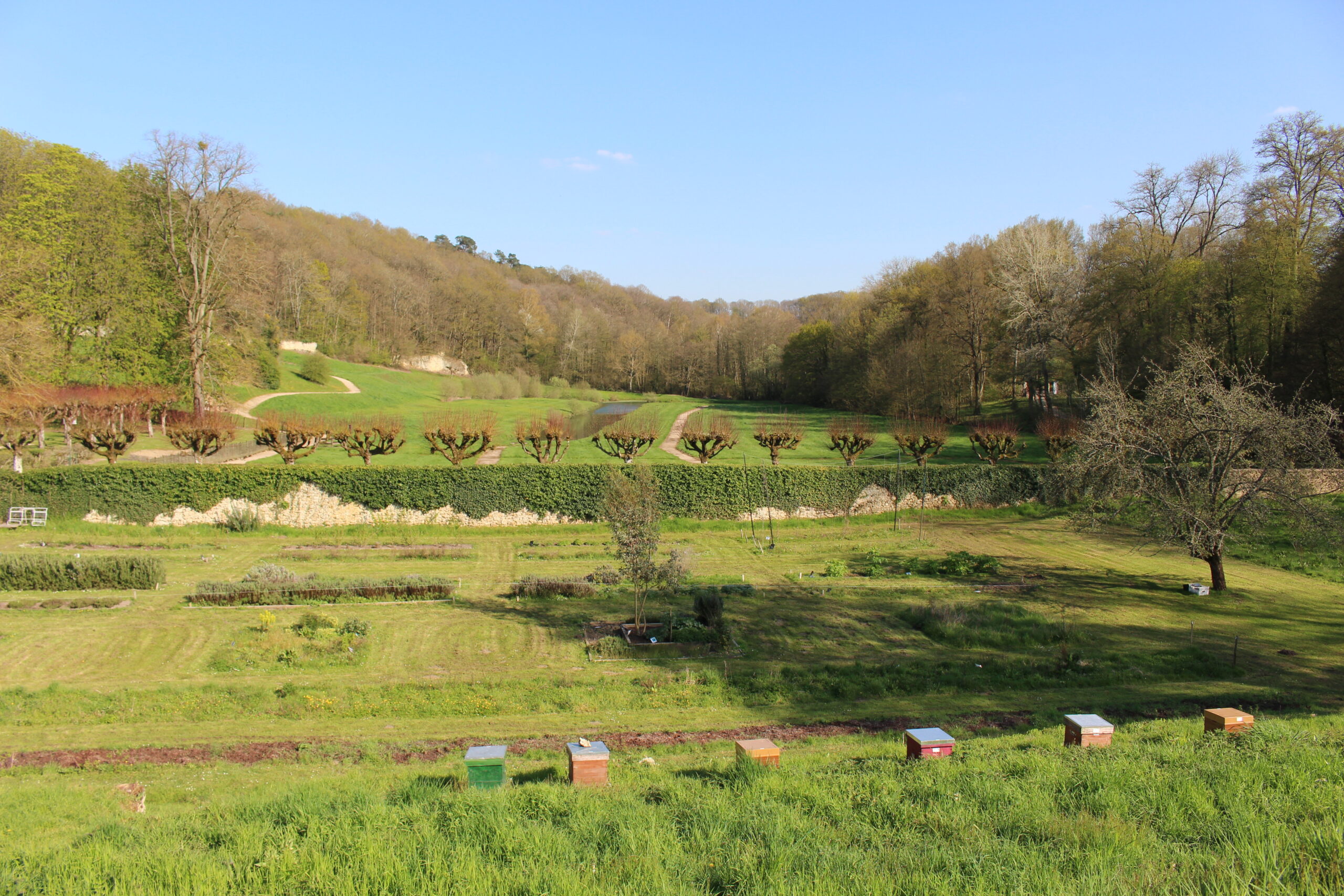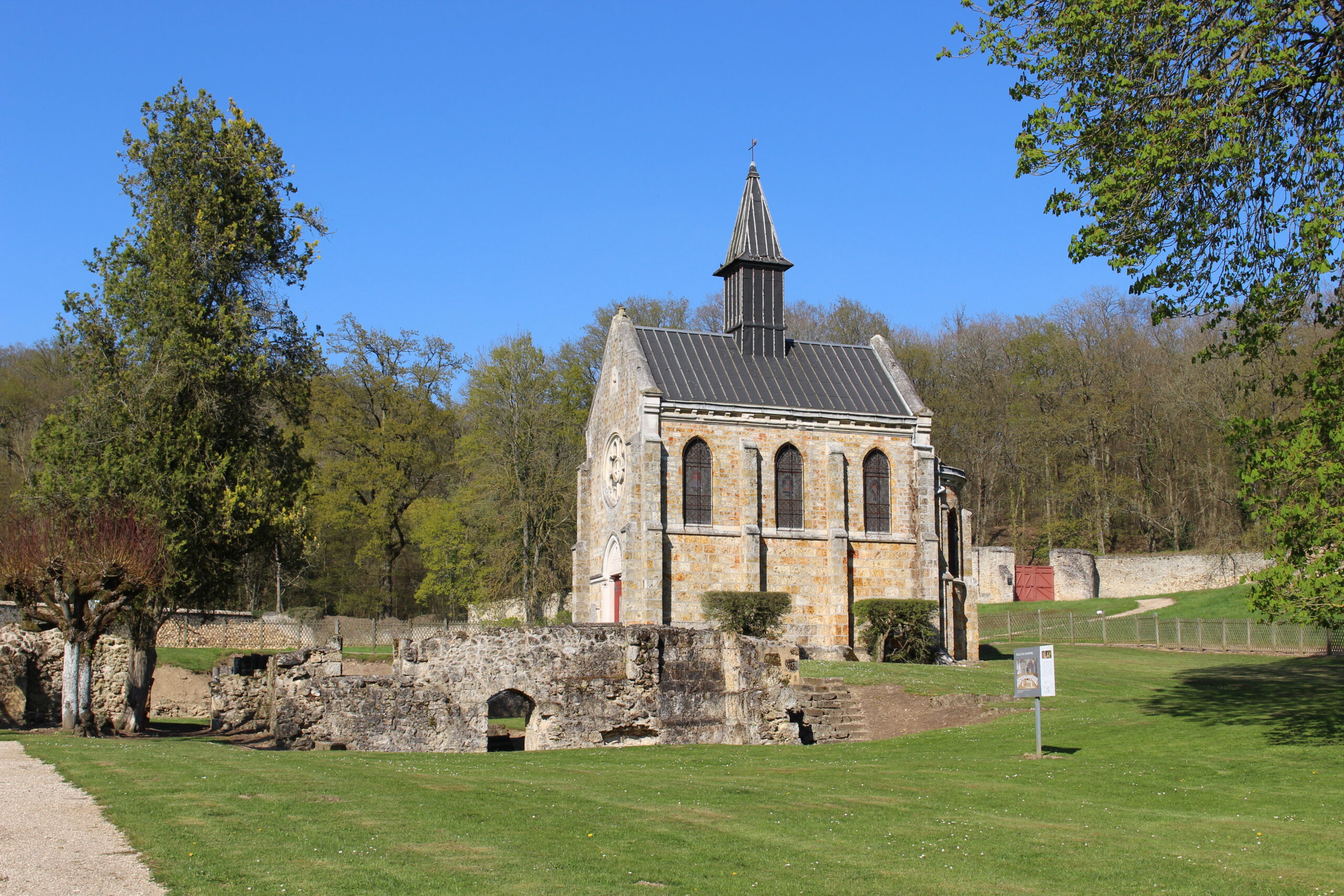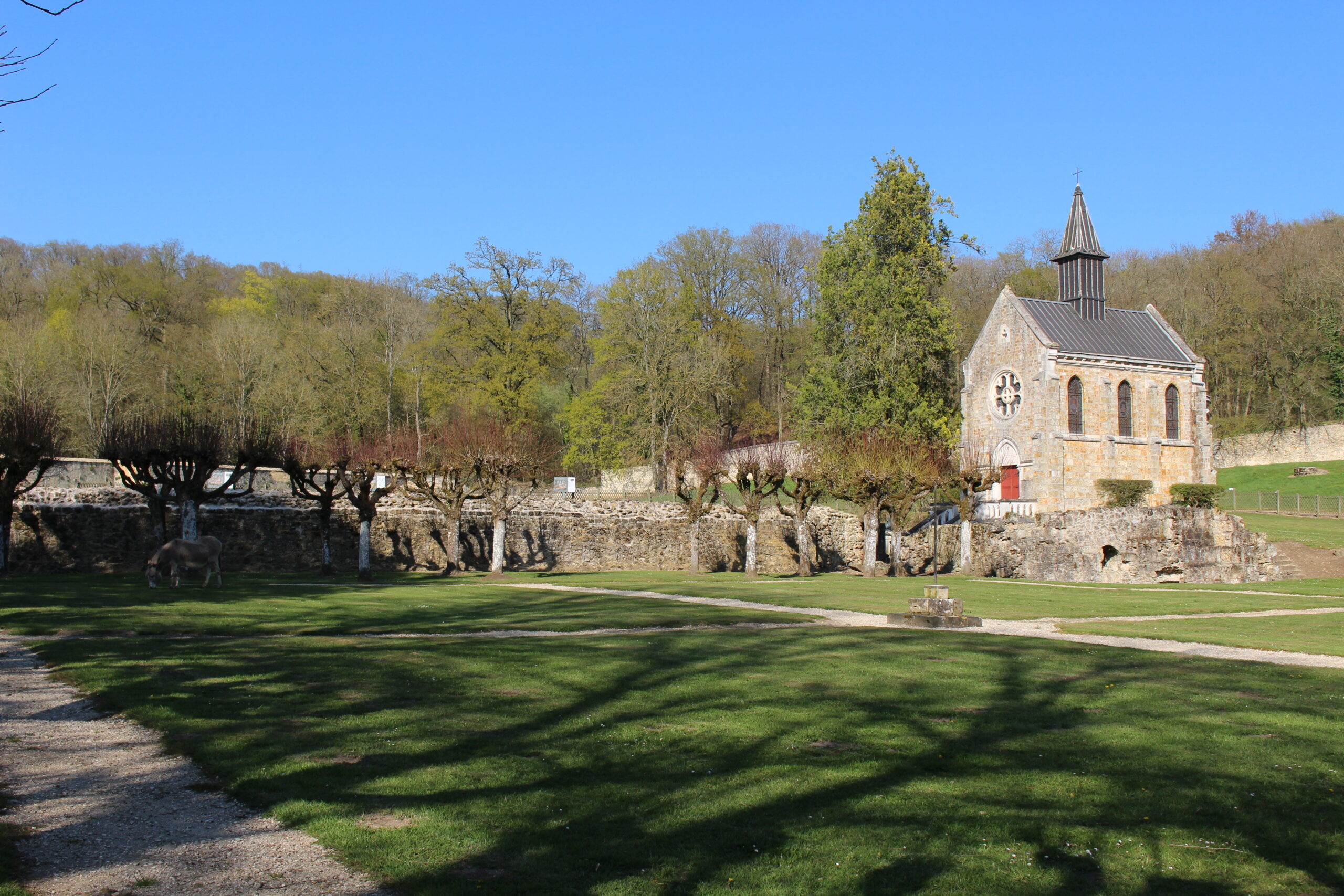Discover the history of the Port-Royal Abbey by visiting its ruins, located in the Domaine de Port-Royal des Champs.
The Domaine de Port-Royal des Champs is a site made up of the ruins of the Port Royal des Champs Abbey and the National Museum of the Granges. This is a unique forest and landscaped area located in the heart of the Chevreuse Valley.
Discover the history of the Port-Royal Abbey by visiting its ruins. The estate bears witness to the history of the Abbey and Jansenism movment. The Abbey owned and maintained numerous plots of horticultural production at the time. Today, almost nothing remains of this monastery founded in 1204. Nevertheless, religious, intellectual and political life was very intense during this period.
It was here that a Cistercian abbey was founded in the 13th century. Louis XIV decided to destroy the abbey in 1710. Port Royal has since remained a place of silence and meditation located on the edge of the forest.
At the beginning of the 19th century, the abbey and the Granges were divided and Louis Silvy, new owner of the Abbey estate, developed the land by digging an arm on the former large canal crossing the estate and planting on the plan of the old cloister, lime trees materializing its layout.
Discover the history of the Port-Royal Abbey by visiting its ruins. The estate bears witness to the history of the Abbey and Jansenism movment. The Abbey owned and maintained numerous plots of horticultural production at the time. Today, almost nothing remains of this monastery founded in 1204. Nevertheless, religious, intellectual and political life was very intense during this period.
It was here that a Cistercian abbey was founded in the 13th century. Louis XIV decided to destroy the abbey in 1710. Port Royal has since remained a place of silence and meditation located on the edge of the forest.
At the beginning of the 19th century, the abbey and the Granges were divided and Louis Silvy, new owner of the Abbey estate, developed the land by digging an arm on the former large canal crossing the estate and planting on the plan of the old cloister, lime trees materializing its layout.



